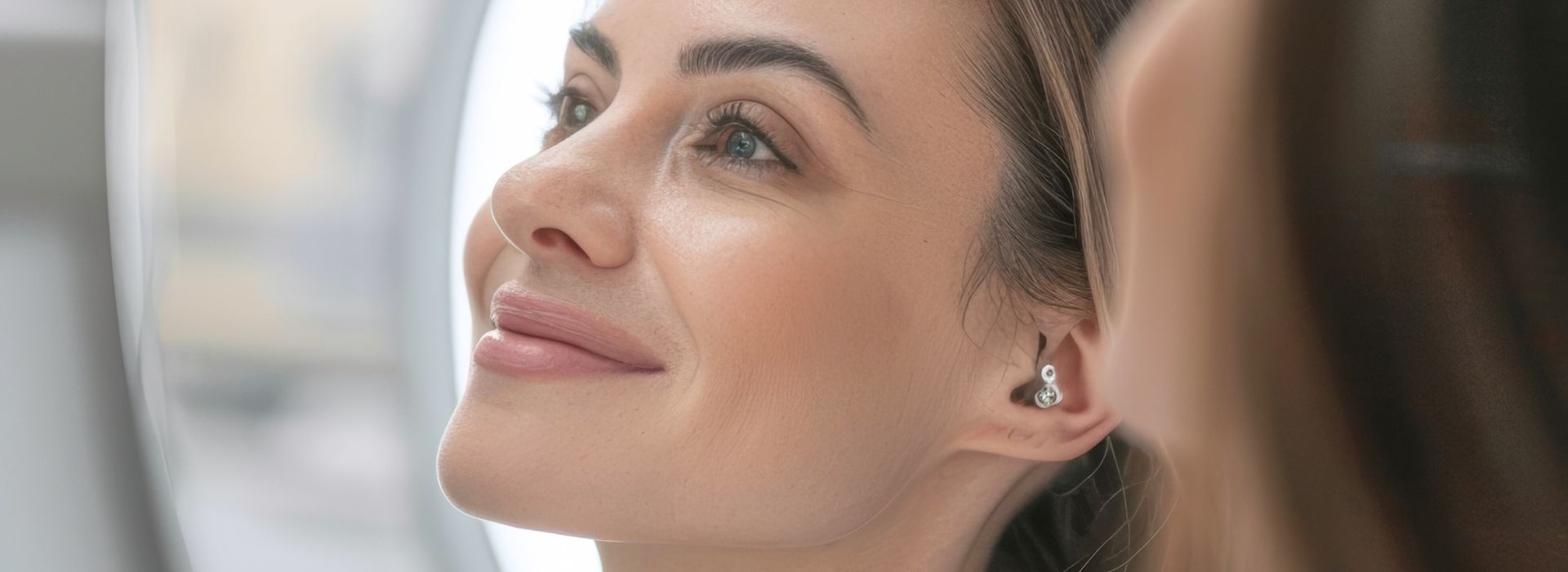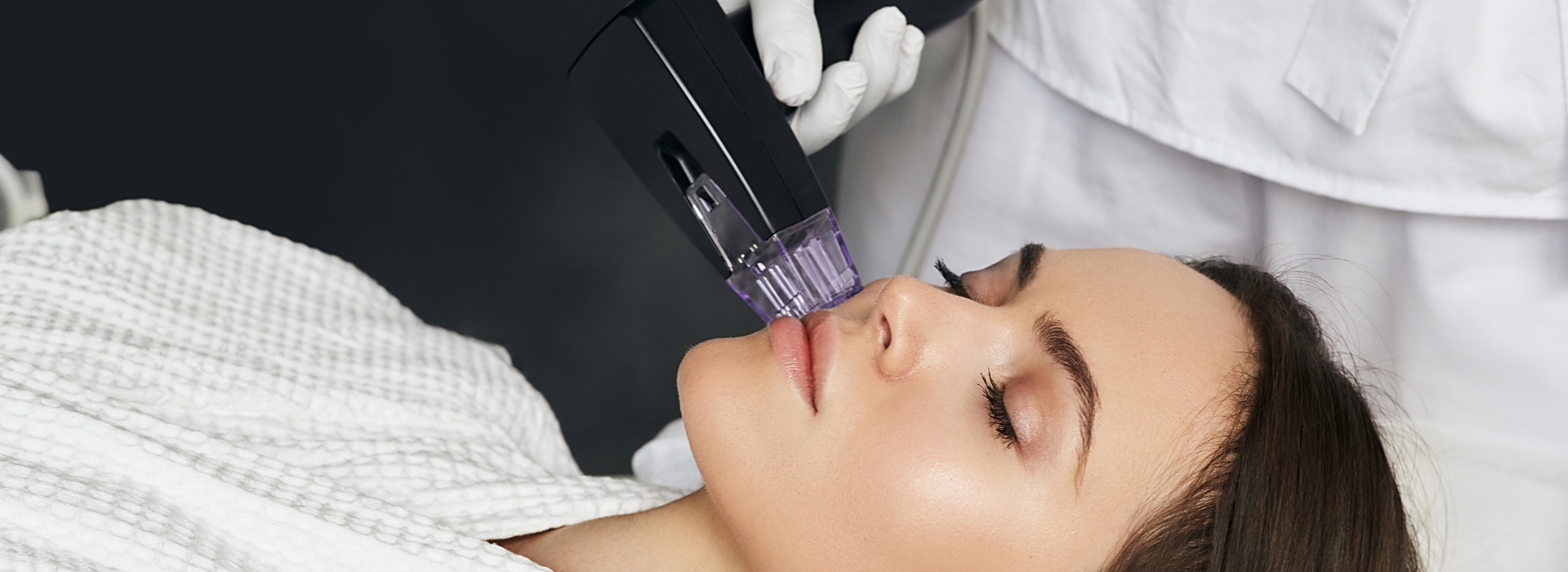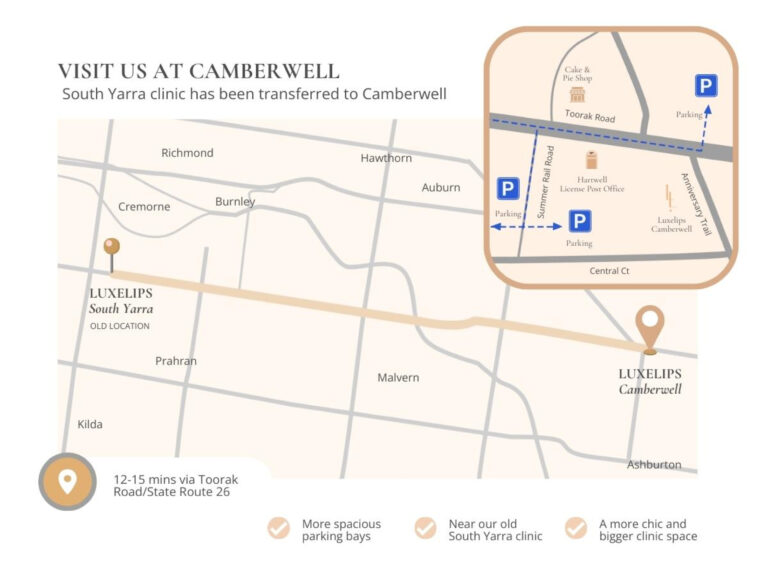Disclaimer: This blog is intended for general educational purposes only and does not constitute medical advice or advertising of regulated health services. Any references to treatments or procedures are provided for informational awareness and should not be interpreted as recommendations or promotions. For personalised advice, please consult a qualified healthcare professional.
As we grow older, it’s natural for our appearance to change. Many people—particularly women—seek out ways to care for their skin and feel more confident as signs of ageing appear. From changes in skin firmness to the appearance of lines or volume loss, these signs can become more noticeable over time.
While ageing is a normal part of life, there are medical aesthetic treatments that may help address some of these changes. If you’re exploring your options, it’s important to understand how different treatments work and whether they are suitable for you.
How Does Ageing Show on the Face?
In Your 20s
- Early signs like dullness, mild puffiness, or fine lines may begin to appear, especially with lifestyle factors like stress or sun exposure.
In Your 30s
- The skin may begin to lose some elasticity. Fine lines can deepen, especially around the eyes and forehead. You may notice changes in skin texture or a tired appearance.
In Your 40s and 50s
- Skin can appear less firm or more textured. Lines may become more pronounced, and volume loss in certain areas of the face may occur. Hormonal changes, particularly around menopause, can also affect skin tone and structure.
What Treatment Options Are Available?
If you’re looking into non-surgical treatments to address facial ageing, several options exist. The best course of action always starts with a consultation with a qualified health practitioner, who can assess your facial anatomy, skin condition, and goals to develop a personalised plan.
Wrinkle-Reducing Treatments
These treatments involve the use of prescription-only medicines to relax certain facial muscles. They are commonly used on areas like the forehead, around the eyes, or between the brows. The aim is to temporarily soften the appearance of lines caused by facial movement.
These treatments must be prescribed and administered by a registered health practitioner after a consultation.
Volume Restoration
Loss of facial volume is a common concern as we age. Some treatments use hyaluronic acid—a substance naturally found in the body—to restore volume in areas such as the cheeks, chin, or around the mouth. This may support facial balance and structure.
Individual results vary, and follow-up appointments may be needed to maintain the desired effect.
Skin Resurfacing Procedures
- Chemical Peels: A solution is applied to gently exfoliate the outer layer of skin, helping to improve texture, pigmentation, or mild scarring.
- Microdermabrasion or Dermabrasion: These exfoliating techniques remove surface layers to reveal smoother, clearer skin beneath.
- Fractional Laser Treatments: These procedures stimulate collagen by targeting the deeper layers of the skin. They may be recommended for fine lines or uneven tone and texture.
Collagen-Boosting Therapies
Other skin-focused treatments such as microneedling or LED therapy are designed to encourage collagen production and may support skin firmness over time. These are commonly used to improve texture or address early signs of ageing.
Are These Treatments Permanent?
Most non-surgical cosmetic treatments provide temporary results and may require maintenance over time. The duration of effects depends on factors like the treatment type, the area being addressed, and individual skin physiology.
Is It Right for You?
Not all treatments are suitable for everyone. A proper consultation is necessary to assess your skin condition, medical history, and treatment goals. Your practitioner will outline the risks, benefits, and alternatives so that you can make an informed decision.
A Word on Safety
The use of prescription cosmetic treatments in Australia is strictly regulated. They must only be administered by qualified health professionals following a face-to-face consultation. This ensures the treatment is clinically appropriate and tailored to your needs.





